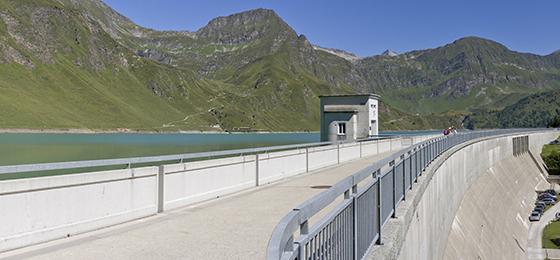The future of Swiss hydropower

At the Swiss Electricity Congress Prof. Dr. Hannes Weigt presented interim results of the NRP 70 joint project “The future of Swiss hydropower”.
At the 12th Swiss Electricity Congress, which brought together more than 400 representatives from politics and the economy, in particular the electricity branch, Prof. Dr. Hannes Weigt from the University of Basel presented interim results of the NRP 70 joint project “The future of Swiss hydropower”.
The focus was on the question of whether the country’s hydropower can carry out the role envisaged for it to implement the Energy Strategy 2050. The low electricity prices in recent years and the similarly low price prospects for the coming years, value adjustments in billions, discussions about water fees and the call for support mean there is doubt about this. Excess capacities and low CO2 and coal prices have lowered the price level. It is not until 2025 that – depending on European market developments – a price increase can be expected. But there is no guarantee of this.
Nevertheless, to trigger the required investments in additional hydro capacities, a more flexible structure also needs to be considered when planning new facilities and investments in existing hydropower plants. With corresponding local conditions, for example, a gradual expansion could be planned where, according to the motto “start small, think large”, later extensions are integrated in the investment project from the very start, for example the later addition of further turbines.
At the same time, pumped-storage facilities, with the continued development of alternative technologies, have found new competition for investments in the long term. For example, compressed air and heat reservoirs have become increasingly competitive in comparison with new investments in pumped-storage power plants.
To sum up, Weigt explains that in a volatile market environment characterised by risks and uncertainties, measures aimed only at closing gaps between revenue and costs on a short-term basis are not very sustainable.
